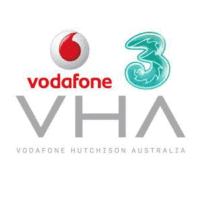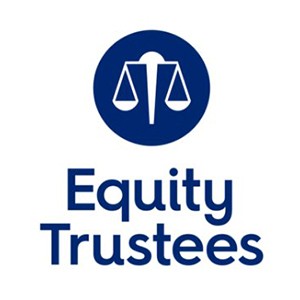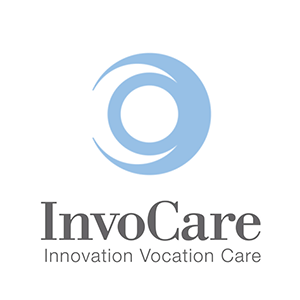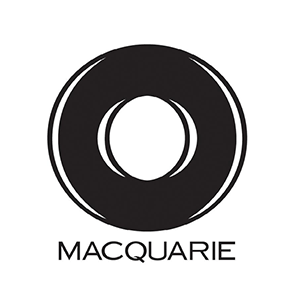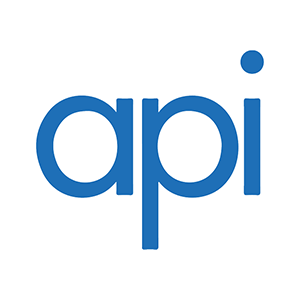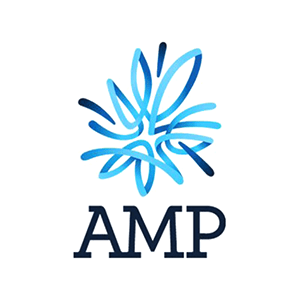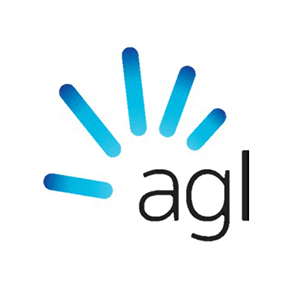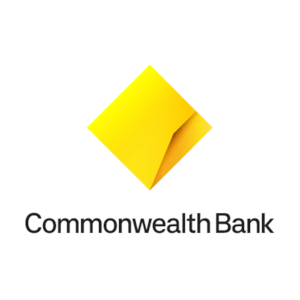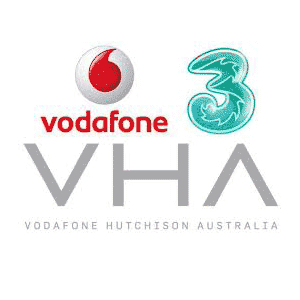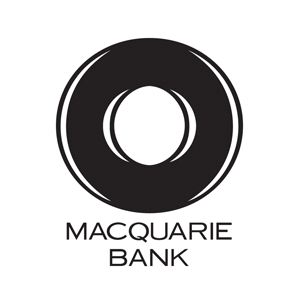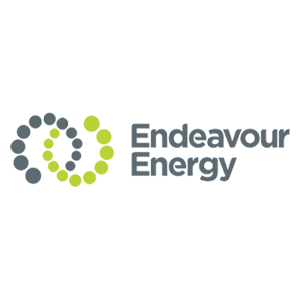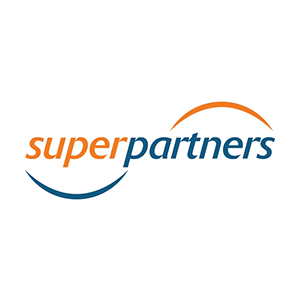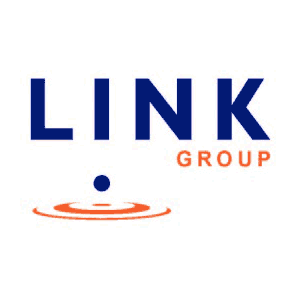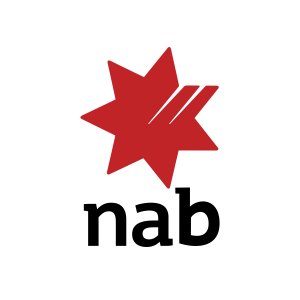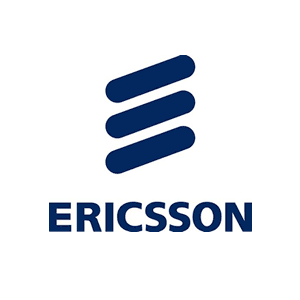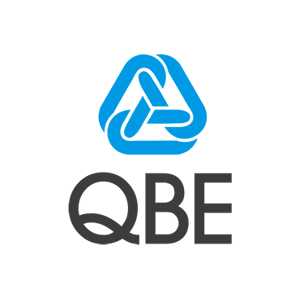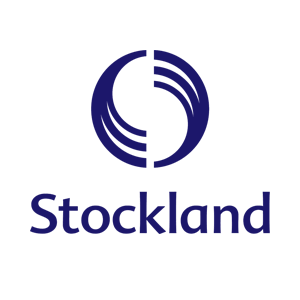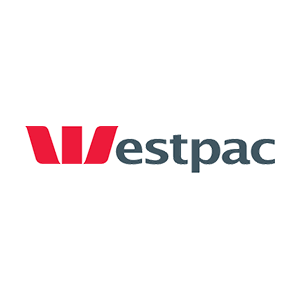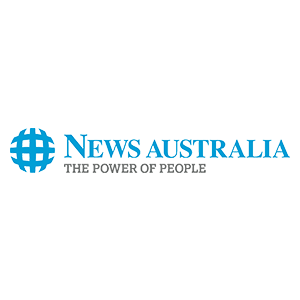Project Description
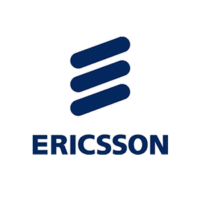
CASE STUDY:
Upgrading Vodafone Hutchison Australia’s National Mobile Network
Client Profile:
With global revenues in excess of $40bn, Ericsson is the world’s largest provider of mobile telecommunications equipment and services to mobile and fixed network operators. Over 1,000 networks in more than 180 countries use Ericsson’s network equipment, and more than 40 percent of the world’s mobile traffic passes through Ericsson networks.
Background:
Ericsson’s Catalina program was established to provide Vodafone Hutchinson Australia (VHA) with an advanced mobile network providing both 2G and 3G mobile services covering at least 95% of Australia’s population. Catalina was a large and complex telecommunications program with a budget in excess of $300m, involving over 400 people in design, build, integration and delivery activities across Australia.
Client Objective:
Given the complexity and scale of Catalina, Ericsson needed a clear understanding of all critical and near critical activities across the program, the interdependencies between the program’s six closely connected work streams, and dependencies across a broad range of third party providers for site build, leased line and network integration activities. Further, it was essential that the schedulers involved in creating forward forecasts worked in close and effective cooperation with delivery managers across the program. Early identification and removal of obstacles to progress were of critical importance to Ericsson.
Seven Consulting Solution:
Involving around 50 people from across the program, including a direct team of solution architects and schedulers;
- Seven Consulting started by leading the creation of an End to End High Level Design, which represented the breadth and complexity of VHA’s national mobile network
- This was then used to identify all of the inter-workstream, third party and internal dependencies within and across the program
- This led to eight individual project schedules being integrated into a coherent End to End Plan to the conclusion of the program
- Alongside this, Seven Consulting introduced new and far more proactive ways of working between schedulers and the managers directly responsible for delivery. This included the creation of incisive, plan based analysis which identified obstacles to progress and proposed strategies for removing them.
Client Outcome:
All of this work was delivered on time and to budget, in line with a set of milestones pre-agreed with Ericsson’s Program Director. This enabled Ericsson to;
- Understand all of the critical and near critical activities and all of the internal and external dependencies across the program
- Identify obstacles to progress early and deal with them effectively
- Gain confidence in the practicality and achievability of individual workstream plans and, hence, the program plan as a whole
- Use plan based analysis to inform effective dialogue between Ericsson and VHA.
